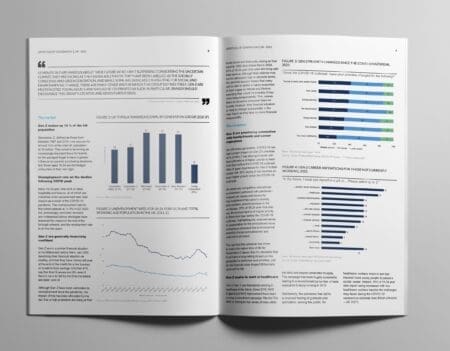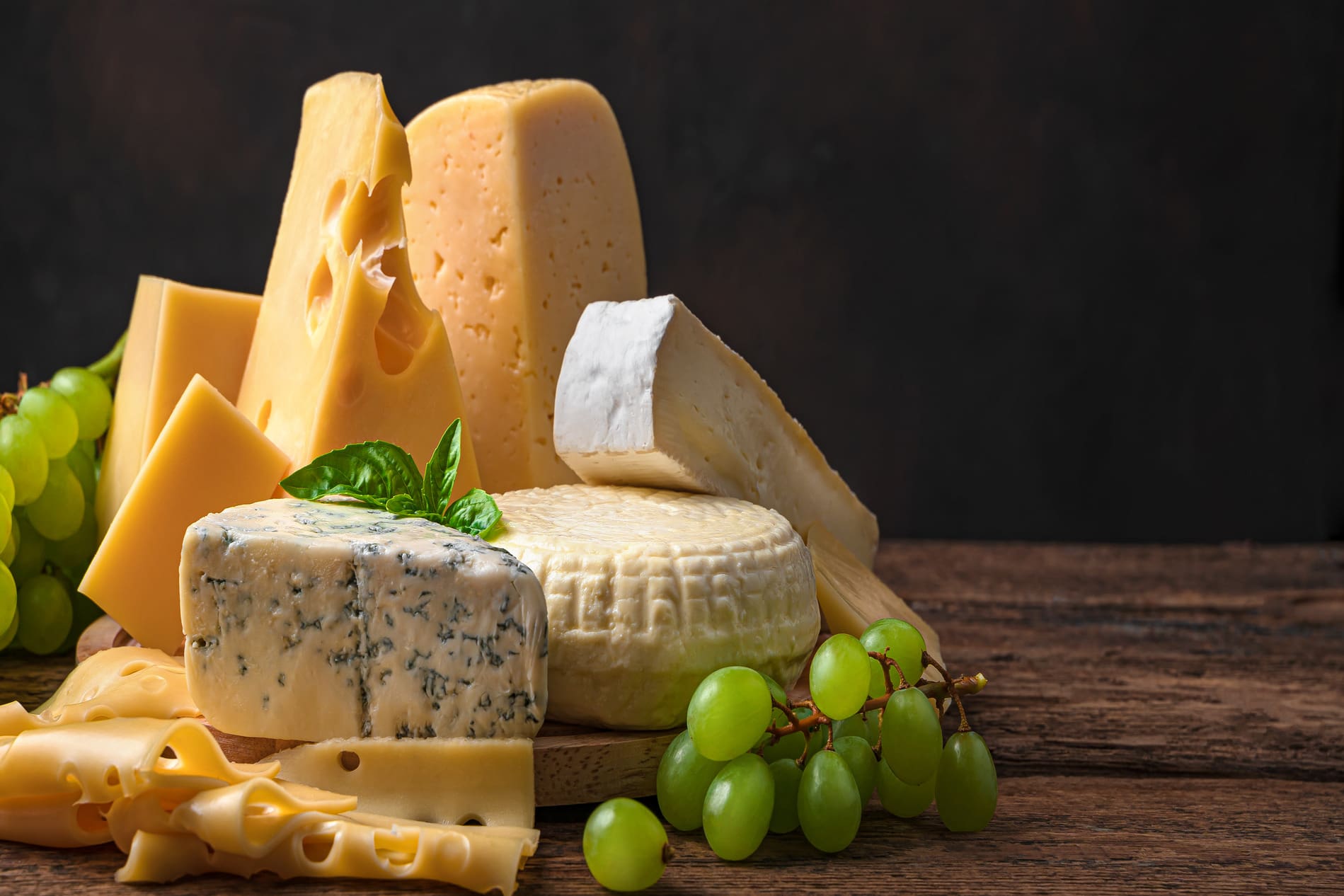Brominated vegetable oil (BVO) has been one of many ingredients that have received attention recently from citizen activists in the US due to safety concerns. PepsiCo had previously removed BVO from Gatorade formulas in 2013 and announced in May 2014 that they will work on removing BVO from their other products as well. In a similar move, Coca-Cola also announced plans to remove BVO from all of their products by the end of 2014, and will replace BVO with sucrose acetate isobutyrate and glycerol ester of rosin.
BVO is a synthetic food additive that is used as an emulsifier or stabilizer, particularly in citrus flavored beverages to evenly distribute oil-based citrus flavors in water-based solutions. Since 2010, 68% of food and drink product using BVO have been in the carbonated beverage category and 17% in the sports and energy drink category.
BVO is not allowed as a food additive in Japan or in Europe, further raising questions and doubts over the ingredient’s safety in the minds of US consumers. An interconnected world will continue to put pressure on ingredients to prove their safety, especially for those that are banned or restricted in some countries but allowed in others like genetically modified ingredients and artificial food colors.
Fewer than 200 products have been launched using BVO since 2010. However, the majority of these launches have been in North America, with 64% of launches in the US, 17% in Canada and 9% in Mexico.
As discussed in the Mintel trend, Factory Fear, consumers are becoming more wary of what’s going into their food. Many consumers rely on labels for product information, with 85% of US consumers thinking that food packaging should include information on health and nutritional characteristics of the product. In fact, 54% of men and 65% of women in the US claim to read the nutritional or ingredient labels on food products before they buy them.
However, many consumers are overwhelmed by the information available. In the US, 64% of consumers think there are so many health claims for food that it is confusing, 29% think claims are hard to find and only 38% trust what companies say on food product labels.
Confusion and fear of the unknown continue to drive interest in simplified labels and more natural ingredients. As of April 2014, 16% of global food and drink launches carried no additives/preservative claims, up slightly since 2010. However, looking at the top five countries using no additive/preservative claims, usage of this claim is more widespread in the US, UK, and India. In the US and India, 19% of food and drink products launched in 2014 featured a no additives/preservative claim, while 29% of launches did in the UK.
Although consumers may be confused, many still want access to product information, with 43% of US consumers agreeing that the availability of product information via quick-response (QR) codes on packaging is very useful for smartphone or tablet users. Technology will continue to empower and educate consumers. A food scanning device, TellSpec, is in the process of being developed to help consumers determine what allergens, ingredients, calories, and chemicals are present in food by sending information to the consumer’s smart phone. TellSpec combines a spectrometer and a unique algorithm to provide information about foods and beverages when labels aren’t available or are difficult to understand.
Given the plethora of information available, consumers may seek to reduce the confusion by turning to simpler labels and ingredient statements that provide a clear message of what is in a product, as well as what’s not.
To download your free copy of Mintel’s “Ingredients and Innovation”, click here.
Stephanie Pauk is a Global Food Science Analyst at Mintel. Prior to Mintel, Stephanie worked as a Food Scientist in R&D for an ingredients company in Chicago, where she specialized in seasoning product development and provided technical expertise to customers in the food industry.








































